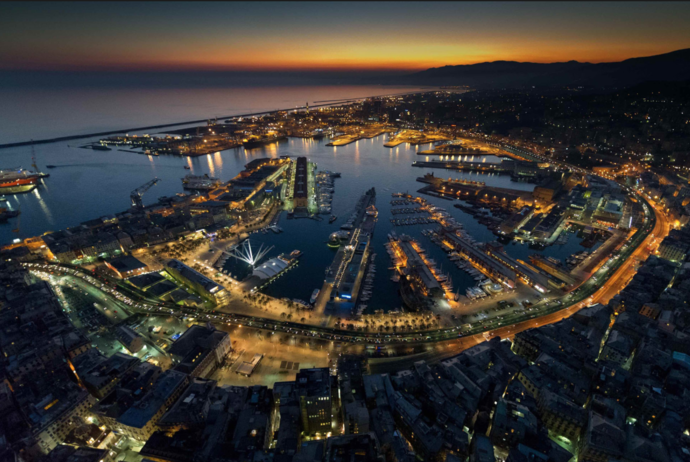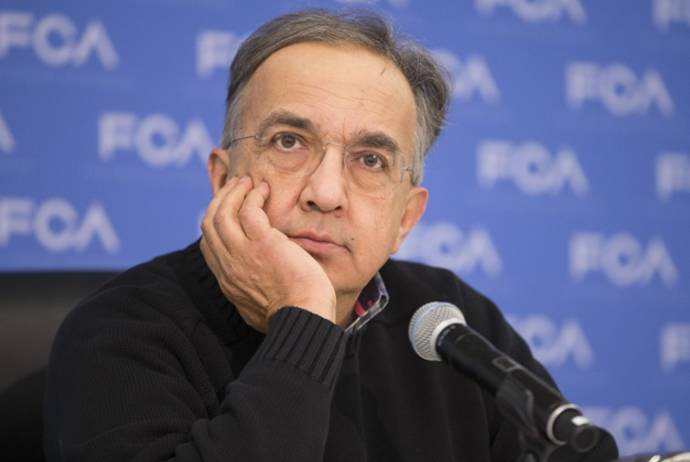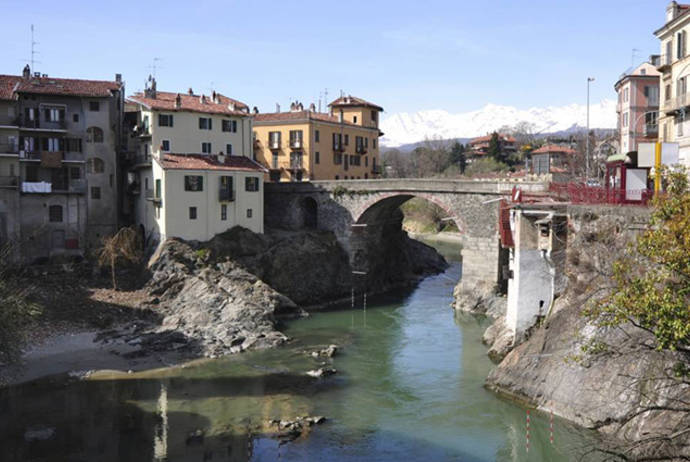ROME -- It was midnight on a peaceful June evening on Corso Umberto in Naples, and chef Konate Bouyagui, 21 and originally from Mali, was walking home after his cooking stint in a coop restaurant he and friends had created. As he crossed the street, one of two men of about 30 fired at him through their car window, wounding him in the stomach. Taken to hospital, Bouyagui, known for his appearances on the popular TV food show Masterchef, survived the attack. The next day a press release from the City of Naples and a coop offered its solidarity: "It is obvious that from the words of hatred found on the social networks people are passing brutally to facts," said the release.
This was just one of the 10 attacks on migrants and Roma in the past three months in shootings that have left one young man dead and a Roma baby perhaps paralyzed for life. As a result of this "huge increase in cases of violence and racism" directed at Africans and Roma, Italy is under investigation by Michelle Bachelet, the United Nations High Commissioner for Human Rights. Also under investigation is Austria.
This UN inquiry has troubled Italian commentators asking just when such vicious racism began, and what are its roots. One theory is that the problems inherent in migration -- a preference to ignore such a tough problem plus a deadly slow bureaucracy that delays granting permits -- have not been faced for literally decades for political reasons. Instead, Europe has mistakenly "chosen to privilege above all the idea of repatriating the migrants without guaranteeing respect for human rights," Bachelet has said.
Public opinion surveys show that the "words of hatred" have become ever more politically functional, and not only in today's Italy. Migration is the single most important issue throughout Europe, and is shaping the entire political scene, as was demonstrated by Sunday's vote in Sweden, where a far right party bounced up to 18%. Here the more tolerant remind Italians that they were themselves migrants just a century ago, and that, in the larger picture, people have been migrating since paleolithic times. On the other hand some migrants, no less than some Italians (and Americans and British), have been justly accused of violence, with frightening propaganda exacerbating each incident.
One who has meditated on this is Sicilian author Andrea Camilleri. "It's easy to imagine what I think about today's policies towards the migrants, since in my books I have written about their desperation," Camilleri said in a recent interview. "These are people who have escaped from wars or who are looking for work.... I think that to continue to play on fear of the other is a very dangerous game. He who sows the wind ends with a storm, and today too much wind is being sown. Italy has become a country that is moving backward, the way shrimp do."
Giuseppe De Rita is Italy's foremost sociologist. In an interview he specified that, in his view, Italy is less racist than angry, a victim of "that rancor" which, since the 2008 crisis, has left the middle class impoverished and the lower classes unable to rise. "A few seasons back this sense of rancor attacked the caste -- the politicians, that is -- but today it attacks the migrants, seen as the thieves of wealth," said De Rita.
In point of fact, Italy is actually home to relatively fewer migrants than other EU countries. Polls taken in August by the reputable Istituto Carlo Cattaneo of Bologna show that Italians suffer from what is called an "error of perception," believing that one out of four of all those living in Italy is a migrant. In fact, according to Cattaneo, their real presence is of 7% , or less than one-third of that guesswork figure of 25%. People elsewhere in the EU are only slightly more realistic than the Italians, believing that 16.7% of the whole European population is made up of migrants whereas the real pan-European figure is of 7.2%.
The Italian press also reports that when the Cattaneo figures are crossed with the NIM index elaborated by the Pew Research Center, Italy emerges as "the most extreme" of the EU countries in its negative assessment of migrants. Depending upon the education level, those without university degrees and those living in the South, calculate the number of immigrants in their midst diversely from those with degrees and in the North. The same hostility toward migrants and Roma extends to religious minorities including, obviously, Muslims.
Other points of view exist. An article in the conservative daily Libero of Aug. 24 reported that the studies center Analisi Politica directed by Arnaldo Ferrari Nasi polled Italian thinking on immigration and on how the government is handling the problem. The result: 85% of those questioned want to see "the question of clandestines landing on Italian soil resolved with urgency and decision," and that the Italian state "should deal with this more severely." Of those queried, three-quarters described themselves as "fervent Catholics." This, said the Libero editorialist, means that the Church, while "always speaks of the acceptance [of migrants], is preaching in the desert."
Translated into political action, deputy premier Matteo Salvini has successfully made the fight to stop migrants his banner, to the point that polls show his Lega party now claiming 32% of a future vote. According to sociologist Marzio Barbagli, Salvini's anti-migrant rhetoric has legitimized the already existing hostility toward migrants. And last Aug. 27 Deputy Premier Luigi Di Maio of the Movimento 5 Stelle (M5S) warned that Italy would withhold its contribution to the European Union budget unless the EU contributed more to Italian efforts to deal with migrants landing on its shores.







































